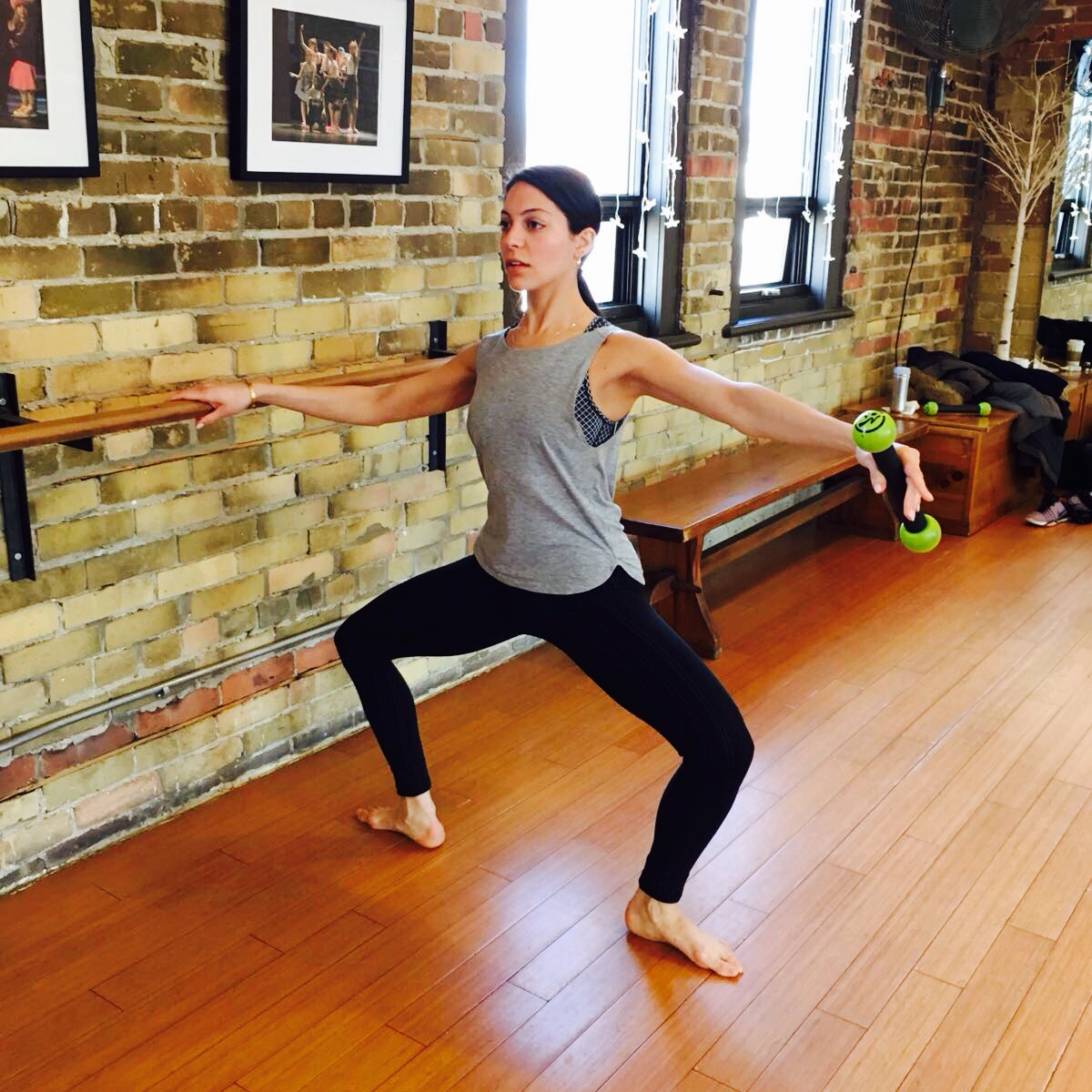Ballet Tech: Improve Your Plies

If you dance, or want to dance ballet, there is no step more worth perfecting than the plié. Want bigger jumps? Improved balance? Better control in your turns? Smoother movement? Strong pliés help our dancing in so many ways, but be warned: They take a minute to learn, and a lifetime to master.
Preparing:
Correct posture is crucial before starting any ballet movement, and a key part of that is finding and maintaining a neutral spine. You can discover this in your back by hunching, then arching to feel the two extremes, then finding the neutral space in between. You can do this for your hips as well, by tucking and arching.
If you’re stuck, try lying on your back with legs splayed open like a frog. The middle of the back of your butt should be in contact with the floor. Press the lower back into the floor to flatten it (some arch should still remain), and you’ll have achieved your neutral spine. Practice the plié motion of bending and straightening from here.
Once you’re comfortable with this, you can do the plié vertically, with your back and butt against the wall. In either case, the goal is to make your body “narrow”, as though you are sandwiched between two slices of bread.
Think of lengthening upwards, from your ankles up your spine, right through the crown of your head. Pull up through the quads and hamstrings, lengthen your stomach and spine, and stretch your neck. Don’t forget to breathe 😉
For your turnout, use your muscles running up the length of your leg – calves, thighs, quads and hamstrings, as well as hips and ankles. Your turnout may be shallow at first, but consistent practice should gradually increase this.
Lowering:
Stand in 1st or 2nd position to start (you can do them in most other positions, but the technique is similar). As you lower, accentuate the upward stretch through the spine, and keep your weight evenly balanced between both legs.
Make sure your knees are pointing over your feet, with weight around the second and third toes – do NOT let your weight roll over your big toe. Looking at yourself in profile in a full-length mirror can help you spot any places where you’ve shifted out of alignment.
For a demi (half) plié, the heels will stay flat on the floor, but for a grand plié, the heels will lift as we lower until our thighs are parallel with the floor. Don’t lift the heels until the last possible second.
Lifting:
Don’t push yourself up; push the floor away. This keeps your calves and hamstrings muscles toned as you lift, which improves stability. If you’re practicing grand pliés, touch the heels down as soon as possible.
Remember, your heels can be in contact with the floor, so long as your weight stays on the balls of your feet. Pushing up through the balls is critical to creating the energy needed to jump and move. If you can lift the heels without losing your balance, you’ve got it.
Parting Tips:
- Keep your feet soft, allowing it to spread on the floor like melting butter. This prevents arching, which in turn locks up leg and hip joints, reducing turnout.
- Never sit at the bottom of a plié – begin ascending as soon as you reach the lowest point, and stay consistent with your timing. Playing slow music can help with this.
- Try to maintain tension in the body while executing the plié. Remember that every muscle we talked about above is holding something in place.
- Tight calves can reduce the depth of your plié, so stretch them out before practicing if this is an issue.
- Remember: A strong plié is a smooth and controlled plié.
Want to take ballet lessons at Joy of Dance? Click here for a list of our classes!
Sources:
Ballet Basics: Pliés by Kathryn Morgan
https://www.liveabout.com/how-to-do-a-perfect-plie-1006541
http://mybeginnerpointe.com/tips-for-perfect-plies/
About the Author
Ian Crewe has been dancing ballroom for over 18 years, and has a Licentiate in American smooth and rhythm. His passion for dance eventually led him to blogging and the World Wide Web. Ian currently teaches at the Joy of Dance Centre, Toronto, ON, Canada.

